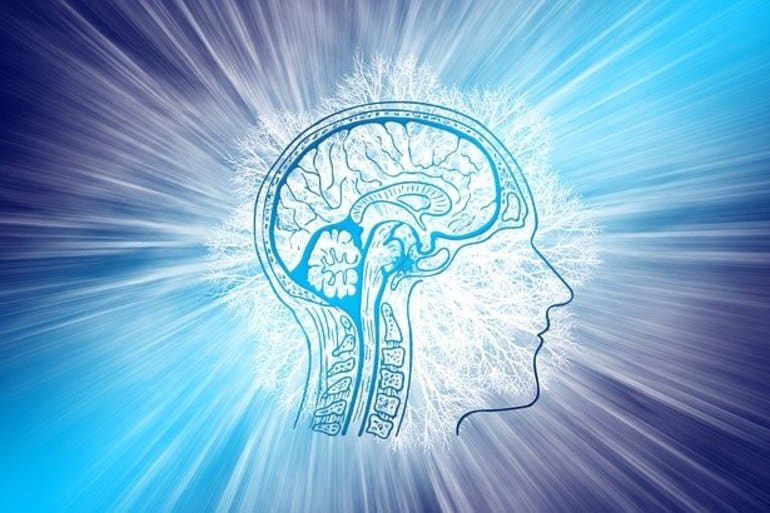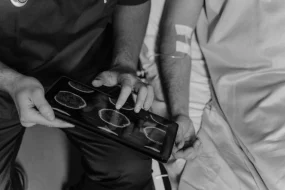
Researchers have discovered three distinct types of responses in the brain, responsible for controlling hunger, appetite and food intake.
Researchers from the Department of Bioengineering at Imperial College London analyzed the brain activity of 16 people with type 2 diabetes or pre-diabetes who underwent weight-loss surgery.
For the first time, they found that there were three distinct types of responses in the brain, responsible for controlling hunger, appetite and food intake, that were different from a separate group of people who used a low-calorie diet to lose weight.
According to the study’s lead author, Dr. Victoria Salem, Senior Clinical Lecturer in Endocrinology in the Department of Bioengineering, Imperial College London, “This study is unique in that we bring together three interconnected theories of brain changes that explain why patients who have lost weight in surgery find it much easier to maintain weight loss compared to those who have been on a controlled diet.”
First, using MRI, the researchers observed that when the surgical participants looked at images of food, there was a significant reduction in the areas of the brain associated with the ‘reward’ response to food. In contrast, in those on the low-calorie diet (VLCD), there was an increase in inactivation.
Second, in the VLCD group, after viewing photos of food, there was an increase in activation of brain areas associated with restriction of overeating. This was not found in the surgical group. Lastly, the team found that the hypothalamus – an area of the brain that subconsciously controls appetite and weight – is more strongly linked to higher brain centers, which are involved in conscious thinking, after surgery compared to the VLCD group.
The team believes that the three types of brain responses are interlinked and may explain why after bariatric surgery, people lose weight for a long time, but after VLCD, people tend to regain the weight.
The report on the publication is available at the Neuroscience News website.
The paper featuring the research may be retrieved from the DOI: 10.2337/dc20-2641





